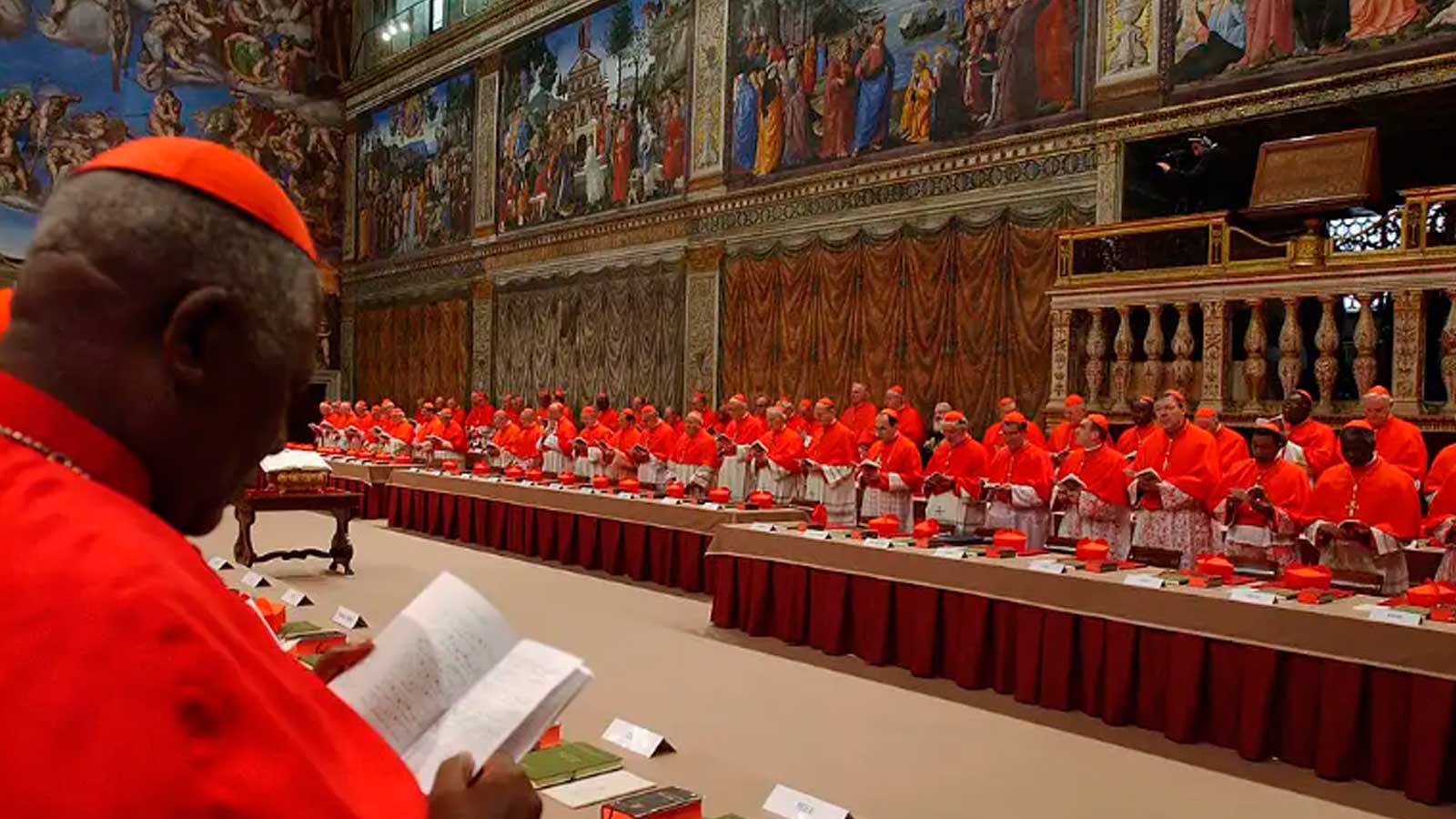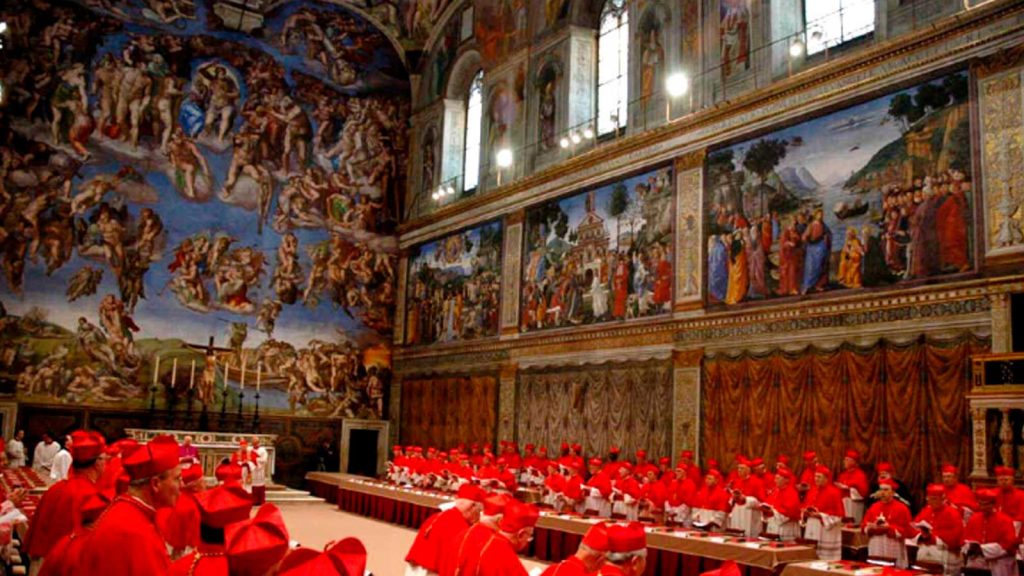Conclaves
The election of a new pope is one of the most solemn and anticipated moments for the Catholic Church and the world. Yet conclaves were not always as organized and swift as those we know today. Throughout history, this process has been marked by long delays, conflicts, political pressures, and even popular uprisings. In this article, you will discover fascinating curiosities about historic conclaves that reveal the lesser‑known—and often dramatic—side of papal succession.
The Longest Conclave in History
The longest conclave on record lasted an astonishing three years, from 1268 to 1271. After the death of Pope Clement IV, the cardinals gathered in the city of Viterbo, Italy, to choose a successor. Intense political conflicts between French and Italian cardinals, however, prevented any progress in the voting.
As months passed with no decision, the patience of the local population reached its limit. To force a conclusion, the inhabitants of Viterbo literally locked the cardinals inside the meeting site and even removed the building’s roof, leaving them exposed to the weather and sun. Only after this extreme pressure did the cardinals reach a consensus, finally electing Pope Gregory X.
This episode was so significant that it led to the creation of formal rules for future conclaves, including complete isolation of the cardinals and the requirement that they remain together until a new pope was chosen. Many of those rules are still followed today.

The Fastest Conclave in History
Not all conclaves were lengthy. In some cases, consensus among the cardinals was so strong that the new pope was elected within a few hours. A notable example occurred in 1503, when Cardinal Giulio della Rovere was elected pope on the very day the conclave began, taking the name Pope Julius II.
This kind of immediate election generally happens when there is a widely accepted or desired candidate among the cardinals—whether for his experience, charisma, or ability to unite during turbulent times. Though rare, such speed shows that, as many believe, the Holy Spirit sometimes acts with remarkable agility.
The Tumultuous Conclave of 1378
The 1378 conclave is remembered as one of the most chaotic in history. The election took place during great political instability after the death of Pope Gregory XI. There was a strong desire among the Roman populace for the next pope to be Italian, following decades of French pontiffs who had lived outside Rome in Avignon.
Fearing popular revolt, the cardinals in Rome felt pressured and made a hasty decision: they elected Cardinal Bartolomeo Prignano, who became Pope Urban VI. However, after his election, many cardinals began questioning the legitimacy of the process, claiming the decision was made under duress.
The result was disastrous. A group of cardinals declared the election invalid and named another pope, triggering the so‑called Western Schism, a period when two and even three rival popes claimed the throne of Peter simultaneously. This schism split the Church for nearly 40 years and became one of the greatest crises in Catholic history.
The Surprising Election of John Paul II
In 1978, the history of conclaves gained a surprising and symbolic chapter. After the brief pontificate of Pope John Paul I, who died only 33 days after his election, the cardinals met again to choose a new pontiff. To the world, it seemed certain that another Italian would assume the papal throne, as had been tradition for more than four centuries.
However, the cardinals made a historic decision by electing Karol Wojtyła, a Polish archbishop, who would become known as John Paul II. He was the first non‑Italian pope in 455 years, a milestone that symbolized the Church’s openness to the world and not only to Western Europe.
His election was seen as a sign of renewal, and his pontificate would become one of the most influential and long‑lasting of the 20th century, spanning decades and inspiring millions of faithful worldwide.
Other Unusual Facts About Conclaves
Over the centuries, conclaves have seen other unique moments. For instance, the 2005 conclave that elected Benedict XVI concluded in just two days, with strong consensus around Cardinal Joseph Ratzinger. The 2013 conclave, which chose Pope Francis, made history as the first to follow a papal resignation in nearly 600 years, since Gregory XII.
It is also intriguing that, although any baptized Catholic man can theoretically be elected pope, all modern pontiffs have been chosen from the College of Cardinals. Moreover, women have never participated in conclaves, as only cardinals—an exclusively male office—have voting rights.

Conclusion: Tradition, Politics, and Mystery
Papal elections are steeped in solemnity and symbolism, yet historic conclaves show that the path to white smoke has often been turbulent. From fierce political disputes to popular pressures and unexpected surprises, the process of choosing the leader of the Catholic Church has undergone significant transformations.
Understanding these curiosities not only reveals the backstage of this sacred event but also helps us grasp the Church’s complex history across the centuries. Each conclave is, in fact, a mirror of its time, reflecting the tensions, hopes, and realities of each era.
READ ALSO:
- Good Friday: Why You Shouldn’t Eat Meat
- Psalm 29: The Powerful Voice of the Lord That Reigns Over the Waters
- Psalm 28: A Prayer of Supplication and Gratitude to God
FOLLOW US ON FACEBOOK